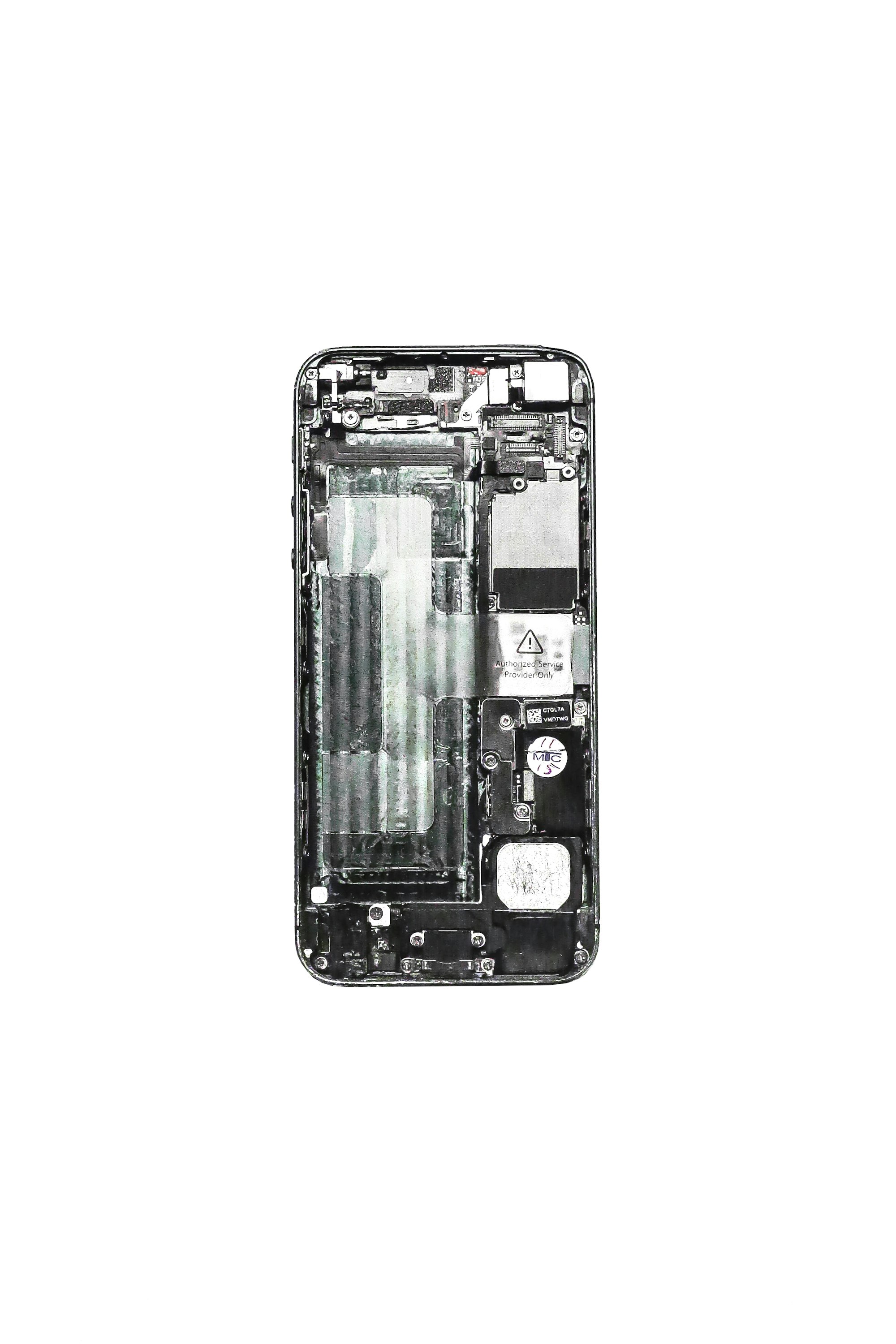Mobile is not the 2nd Screen. It's the Brains.

Apple's new iPhone 5 looks stunning. But the most significant thing about it isn't the new form factor, or the sweet Panorama picture taking capabilities, or the turn-by-turn maps functionality, or any of the new jazzy features.
The most significant thing about the iPhone is its fast LTE speed, which is on what by all measures looks to be an exponential curve.
The new iPhone5 can reach speeds of 100mpbs. That's probably about 10x to 100x as fast as your home cable or DSL connection. 100x, today. And who knows how fast the next iPhone will be. And what does this speed mean?
It means that the iPhone -- and all smartphones -- are becoming the brains behind your digital persona. As a human being, you're analog. The phone is digital. It's your gateway to the digital world. It's you, digitally, in your pocket.
This massive speed increase means that your phone becomes the brains of everything you interface with. Many media companies call mobile the "2nd screen," meaning it's a secondary device after the TV. That's wrong. Mobile isn't a screen at all. It's going to be the way you choose what content to watch, on any screen. The mobile phone replaces the cable box on top of your TV. Just look at AirPlay -- a way to send whatever you want to watch on your phone to a connected device, like a TV. Now imagine AirPlay-type capabilities on any surface, with the phone as the conductor of the symphony you call life.
While media companies haven't quite digested this yet[1], car manufacturers have been wrestling with the same issue since smartphones became popular. They often thought of the "MMI" in-dash multimedia display as the driver's primary interface with the car. They made huge profit margins by upselling MMI devices in cars, and so were very reluctant to think of the car as the "peripheral," and instead thought of the phone as the peripheral. But the phone is the brains. The phone is where your contact list is stored. It's how you make calls, post to social platforms, and interact with others. The car's MMI device is the peripheral.
Watch for many more examples of the phone becoming your "command center" (with mobile apps as the primary interface) and everything else becoming the peripheral. With the iPhone5's faster-than-home connection speeds, it's ready to disintermediate a lot of industries that think it's the peripheral.
=========
[1] Media companies haven't had to digest this yet, because the traditional distribution system is very powerful and ingrained. My guess is that the switch to mobile becoming "the brains" of how people choose what to watch will happen in the next two to three years. But I could be way off. Talk to any media company executive, and you'll likely hear a timeframe of more like 10+ years. That could be right. But here's one reason I think it'll be much sooner: As media companies start to simulcast their content across multiple devices, users will get used to picking up the device closest to them to determine what to watch. And that will-- more often than not-- be the phone, or the tablet, and not the TV with the cable box.
What I mean by this is that today, content is locked down on mobile devices for some period of time -- you can watch it on the TV today, but if you want to watch it on a computer or mobile device, you have to wait a day or longer. But I'd be willing to bet that the first crack in this model will be simulcasting, where the content shows up at the same time on the mobile device as it does on traditional linear devices. And when that happens, the floodgates will open, because at that point, why wait to get home to watch a show on your TV when you can watch it on train on the way home, on your mobile device?